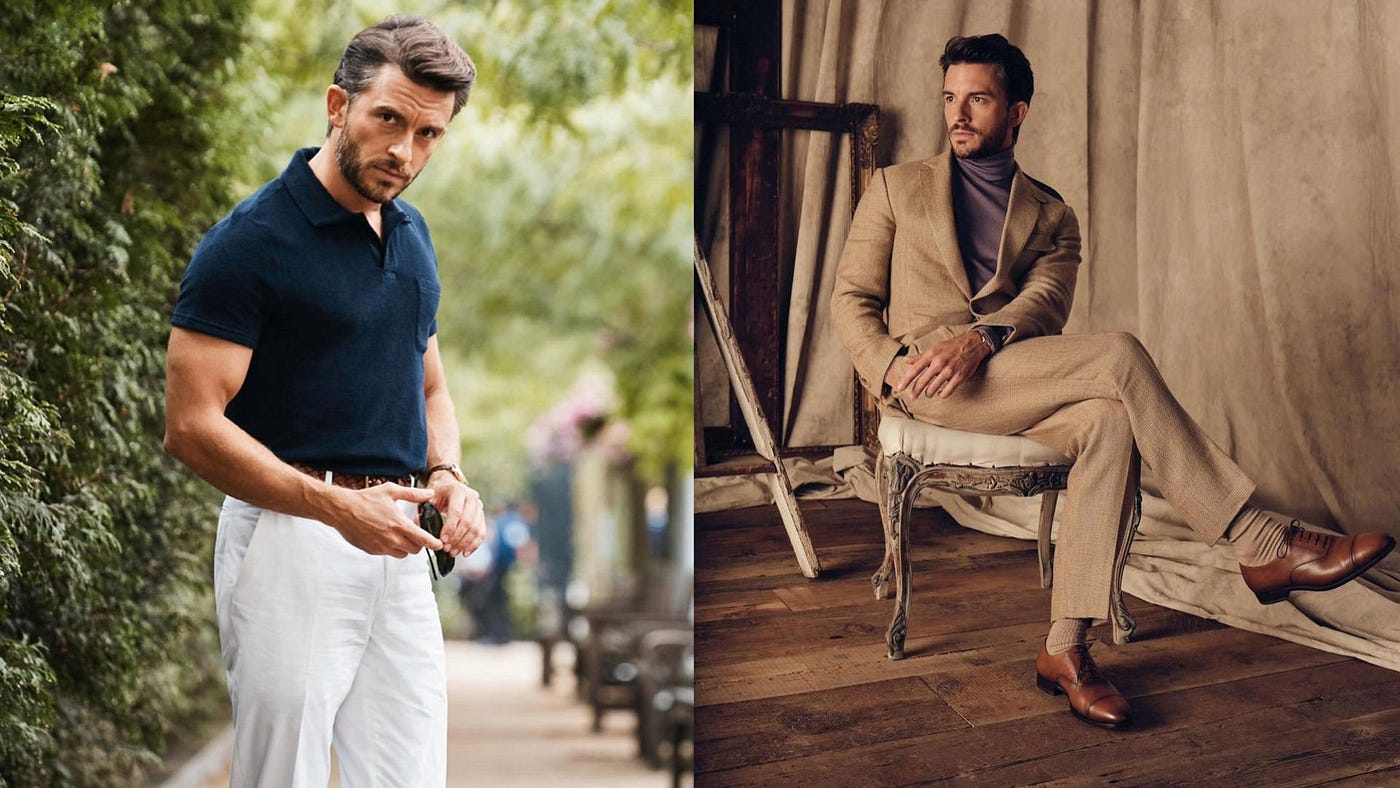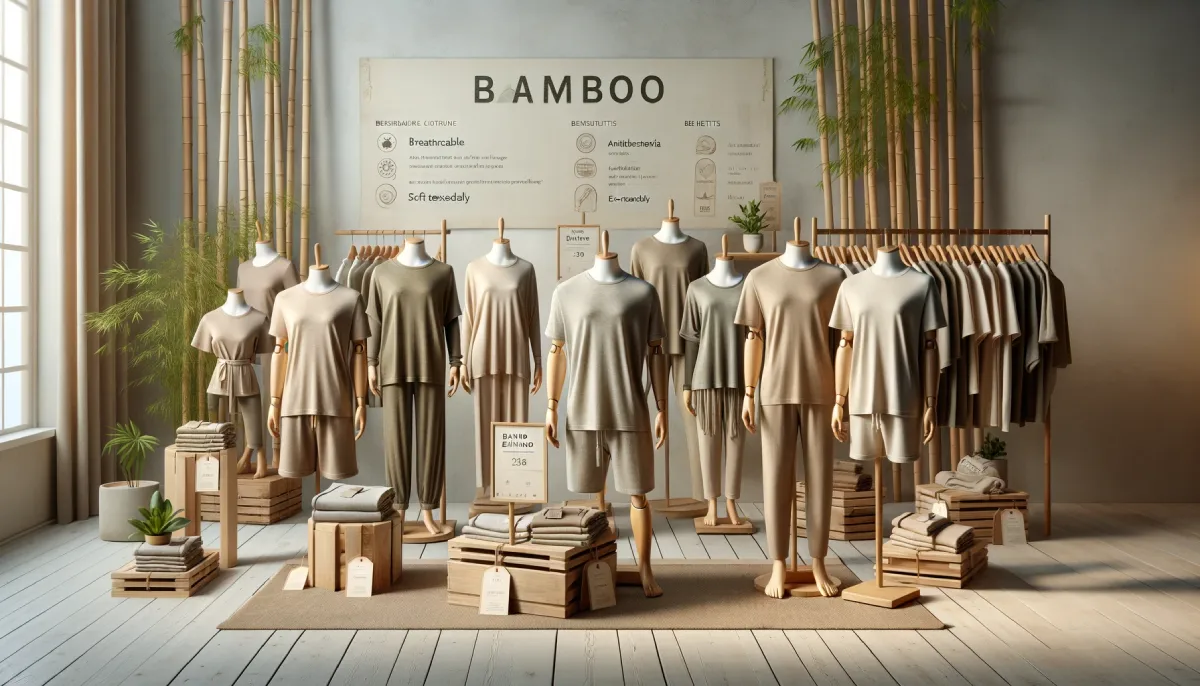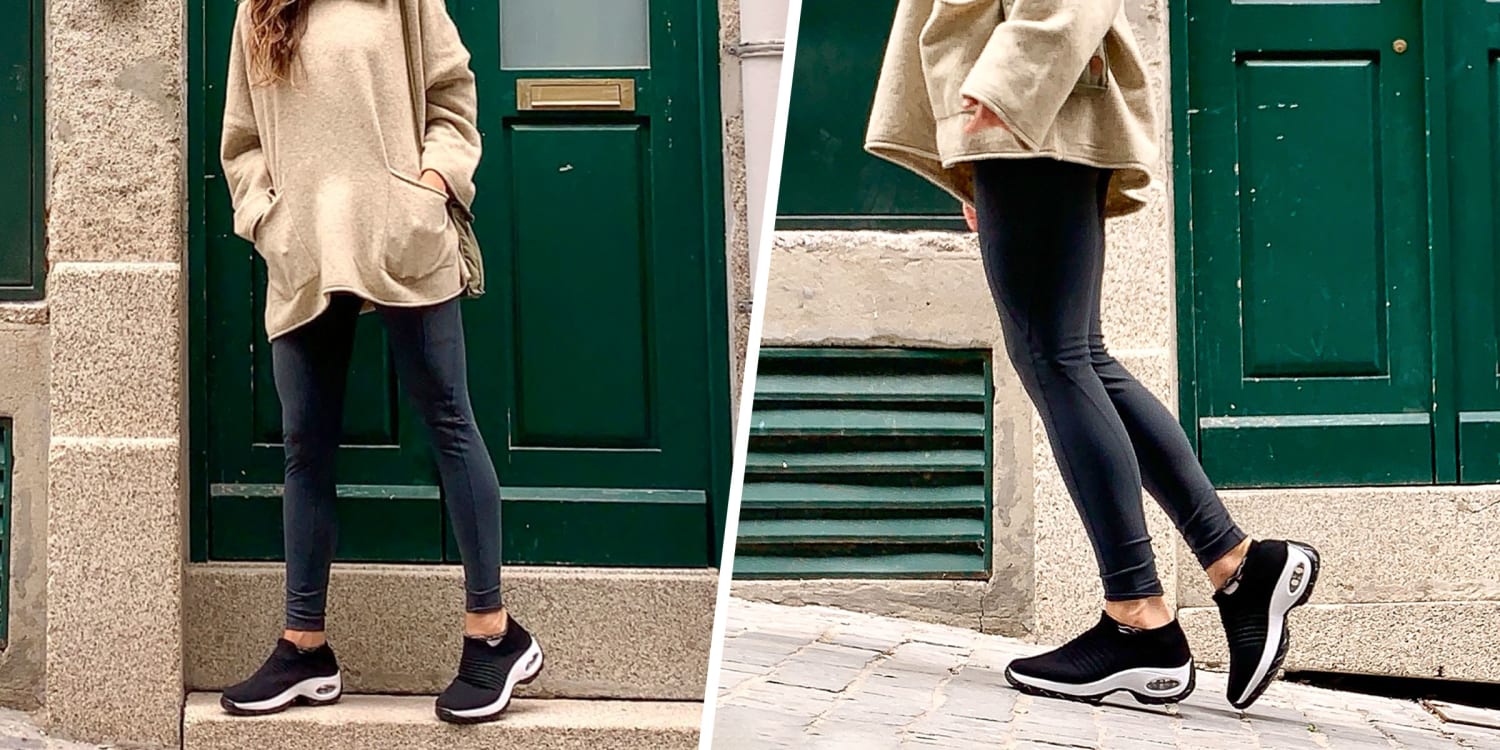Vintage fashion has experienced a surge of popularity in recent decades. It speaks to one’s aesthetic interests, and one’s environmental conscience. But what explains our enduring fascination and affection for vintage? And why is so much of our concern with political storytelling focused on the past? Why are items for sale in Europe’s favourite VINTAGE shops replicating styles, trends and looks from decades prior? What explains our enduring fascination and affection for vintage? And why do we elevate it on pedestals like the ones made for sustainability and the warming world? What can one of the world’s most luxurious and extravagant styles teach us about appreciating history with all its faults? To understand these questions, we must somehow regenerate ourselves from the inside out, by starting again from a different dimension.
The Allure of Vintage Fashion
The appeal of vintage clothing over today’s styles is examined in this piece, particularly the historical merits of garments and the stories they carry. Vintage fashion pieces are sometimes historically imbued, providing a wardrobe accessory that embodies the defining shapes of a decade. The flapper dress of the 1920s, as well as the prints of the 1970s, can each attract vintage enthusiasts with its cultural back story. Whether it’s the transition to women seeking greater employment, or the advent of bold colour schemes that dominated the fashion world, the aura of history that permeates a vintage dress or shirt can take us on a journey. This historical accessory permits wearers to travel to a different time period, while simultaneously standing out as a unique individual of style.
Vintage fashion is also in demand because it is or can be exclusive and individual. When compared with the mass-produced clothes of today, pieces once considered waste or which languished in chintzy old shops have an appeal as one-offs or part of a limited run. This is a part of their appeal to people who thrive on cutting-edge fashion despite the herd-like quotient of following it, and want to be bespoke, or to signal born-fashionable personalities. Second, there is often an undeniable quality and craftsmanship about vintage fashion that makes it stand out from modern clothing. Durability and detail are often attractive aspects of a product that has, in part, become a throwaway commodity.
Sustainability and Ethical Appeal
A major factor driving the vintage fashion boom is its eco-friendly aspect. In this section, I argue that by choosing vintage over new, consumers can reduce the environmental footprint of the fashion industry. Because fast fashion is known for producing large amounts of greenhouse gasses and excessive waste (an estimated 53 million tons of textiles are in landfills every year), purchasing vintage clothing offers an avenue for reusing or reducing demand for the production of new clothes that require resources and generate waste.
Vintage fashion also encourages a mindful and ethical way to shop. Contemporary consumers are learning to be increasingly aware about the ethics of their spending labour exploitation and environmental destruction are inextricable from many purchases. Vintage purchasing encourages a more ethical experience, avoiding brands that perpetuate unethical practices, while also introducing the public to products that will continue on a circular economy. If mindful consumption becomes the standard, this change in fashion practice could be taken up across other spheres.
Finding and Styling Vintage Pieces
The chase is often half the fun of the vintage lifestyle. This section deals with everything from where to buy vintage pieces when you’re ready to navigate the fashion world of the past, and how to make it work in your modern one. There are grime and glamour in the vintage hunt. Vintage boutiques, thrift stores, and online marketplaces feature treasure troves of unique finds, but there are ways of knowing what and where to look, and how to tell if a garment has a bit of age to it. When you know what to look for and how to analyse it, the hunt can become a fabulous adventure, but being educated in different eras and their styles can help you learn to pick out some of the gems forwarded to you and be able to place a vintage piece in its vintage time.
Styling means taking two things two disparate styles, two time periods and putting them together into something new. It’s about taking vintage items. Photo by Tim Walker for Vogue.com, 2011. Mixing and matching them with things you already have, reinventing a basic cable-knit sweater or a pair of Levi’s into something altogether different, something of-the-moment. This section explains exactly how to do all that in practical terms how to make these various items and influences mix well together. A wardrobe is composed of many people’s styling mistakes. From sheer skirts to miniskirts, midi skirts to wrap skirts. From ankle boots to thigh boots, from flat boots to shoes that look like they should be worn on one’s head. Most of them ended up in that rapidly expanding rubbish dump, the back of my wardrobe, where they now stay and decompose. It can be difficult to know when to let things go But accessories are the only way in from the outside: shoes, jewellery, hats, handbags, a light jacket thrown on. These are the bits strangers will see you in, and will therefore be the parts that move you most decisively in and out of certain aesthetic circles, albeit momentarily Sometimes, trying a whole new look – or a vintage look, which is just the same thing – can open you up as a person, and make you receptive to different ways of seeing the world. With a little experimentation, you can develop your own personal style that’s resolutely of the past, and simultaneously of your very own moment.
Reviving Vintage Trends in Modern Fashion
Fashion never sleeps and it has become a constant jumping back and forth between old and new. Especially in recent decades, the influence of vintage fashion has been huge on contemporary wardrobes as well. This section outlines how both designers and fashion influencers bring vintage styles back and make them contemporary.
Throughout many of the latest collections, we have seen not only fashion icons bringing vintage items onto the catwalk, but we can experience the influence of the vintage styles on our regular stores as well. Examples of these are high-waisted jeans, decorated with colourful buttons; the love for retro prints and gorgeous little cotton dresses with the classic silhouette of the 1950s. Even some of the most used accessories are considered vintage, a simple hairband made of fabric reminding us of the concept of a bandana.
When checking in other collections, it is evident that designers are inspired by the past and show that genuinely, when fashion moves in a circle, it’s the consumers who bring it back around.
A final trend for the return of vintage can be explained by social media and fashion influencers. Instagram and Pinterest are awash with inspirational vintage looks, demonstrating how older styles can be given a contemporary twist. Influencers also play a key part in reimagining and popularising vintage trends, proving their versatility and inspiring their followers to try vintage for themselves. Thanks to the likes of Instagram, Dropateen and Poleroid Frmaes, vintage fashion is extremely fashionable.
The Economic Benefits of Vintage Fashion
Buying and selling vintage is fundamentally economical for both consumers and the industry. This part describes the financial benefits of vintage fashion for the customers and the industry. For the customers, shopping vintage can be more affordable than buying new because they can access superior fabrics and beautiful pieces that would cost a fortune if bought new. Besides, vintage clothes do not lose value that easily, and sometimes they appreciate with time, making consumers’ money a wise investment.
For the clothing industry, the rise of vintage fashion offers new opportunities. Today’s appetite for vintage fashion has generated business for vintage boutiques, online re-selling platforms and consignment shops. These commercial spaces facilitate a burgeoning market of consumers interested in both the environmental and cultural value of second-hand fashion. Re-selling opportunities provide spaces for storytelling and remembering for those who cherish the histories that vintage pieces hold. Tapping into this market space diversifies the options that clothing offers, and spreads the potential benefit of a more sustainable model of consumption.
The Future of Vintage Fashion
As far as the future is concerned, I believe that vintage fashion will continue to see its success grow and grow. In this final part, I will discuss the potential trends and innovations that might shape the market for vintage items in the future. The current focus on sustainability will only increase as the years go by, which means that the demand for vintage clothes will probably rise even more in the eyes of a new generation of younger consumers and, as a consequence, of the more mature audience as well. Furthermore, thanks to technological progress, it could become even more convenient to buy vintage products as there will be more and more innovative services available, from different kind of virtual try-ons to more personalised AI-recommendations.
And the future of the vintage look is easily within the power of designers, retailers and consumers to make it so. By designing carefully tailored vintage-inspired collections, by publicising the availability of original vintage items in charity shops and antiques centres, by promoting the positive qualities of second-hand shopping in educational campaigns and advertising, the fashion industry has an opportunity to play a leading role in influencing not just what customers buy, but how they understand the overall impact of their choice. Likewise, public and university campaigns to promote the buying and appreciation of vintage clothing could help to change attitudes so that more people really do choose to ‘look to the past’ in what they buy and what they wear. Such developments reflect a wider cultural shift towards recognising the usefulness of history, quality and sustainability in our everyday wardrobe habits and choices.
Conclusion:
Sustainable, ethical, individualised – just because vintage fashion has been around for a while doesn’t mean it’s out of fashion; quite the opposite, it’s increasingly clear that looking to the past is a very green way of preparing a more thoughtful and ecological future for fashion. As design houses continue to look to history for inspiration and consumers become more enthused and educated by vintage, it’s clear that our understanding of clothes and consumption is built to last and will continue to be reshaped by vintage for years to come. When it comes to fashion, sometimes, the future quite literally looks good in the past.



